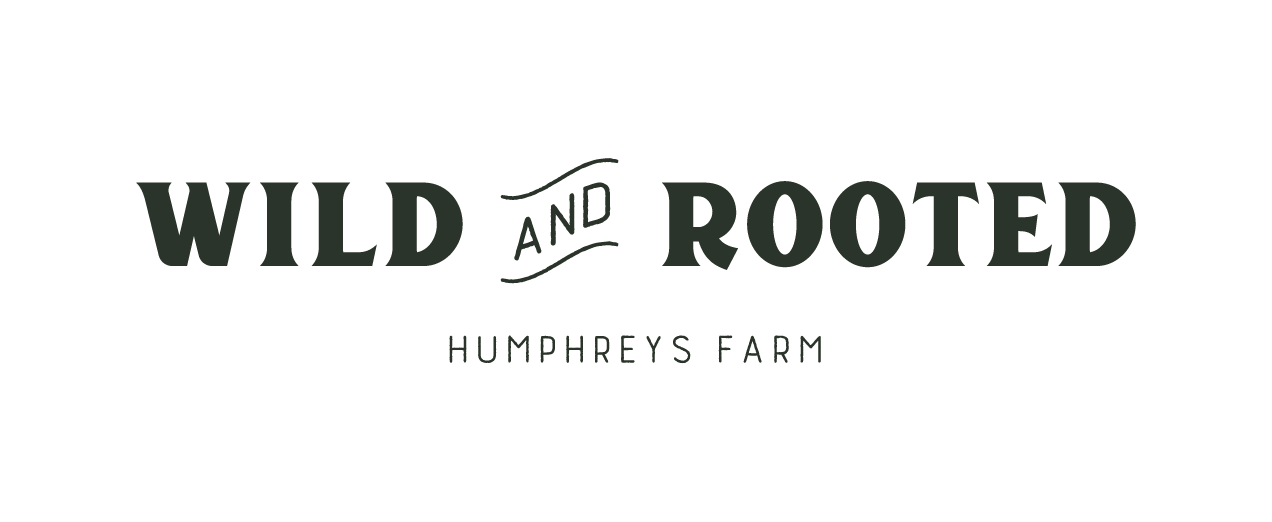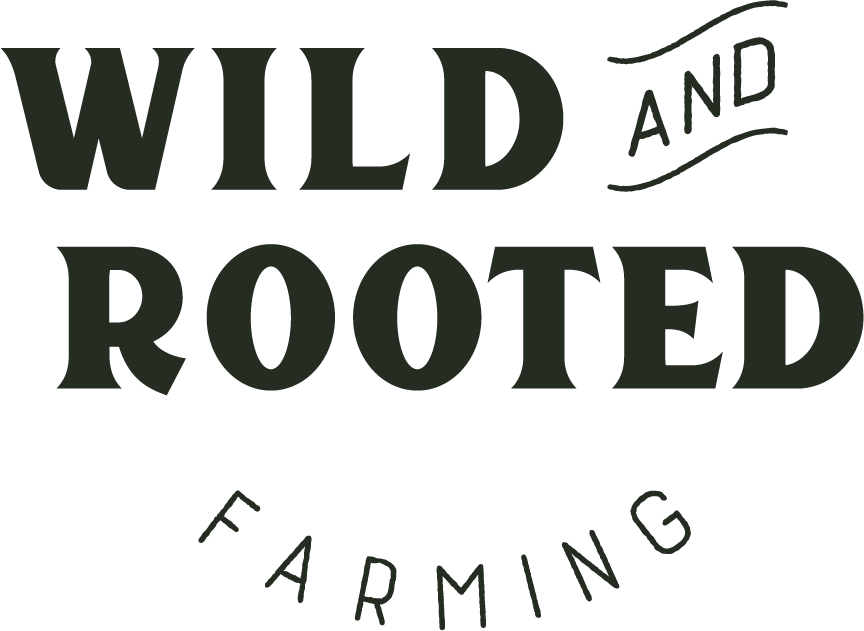Why we chose a herbal ley
Sam happened to come across a video on herbal leys back in 2018 and it immediately struck a chord with him. It answered a lot of questions and concerns about industrial agriculture that had been looming in the back of Sam’s mind for the last few years. Together with the right time for the farm, the business and a Country Stewardship grant made it possible to start the process.
Herbal leys are temporary grasslands made up of legume, herb and grass species. Compared to a standard grass field the wide variety of plant species in a herbal ley have stacks of benefits for the cattle and the environment.
A herbal ley has a staggered flowering pattern as each species flowers at a different time. This provides an abundance of food for pollinators like bees, butterflies and hover flies, early Spring through to late Autumn. We’ve already started to notice a difference in bugs and birds - the fields feel more alive than ever.
The leys also improve soil structure, a huge draw for us when deciding to sow the herbal ley. It improves soil fauna and increases the organic matter in the soil benefitting soil fertility too as legumes add nitrogen to the soil as well as the improved structure reducing runoff. We’ve always adopted a relatively low impact way of farming the fields but we’re excited to see how the herbal improves it furthermore ready to potentially introduce an arable crop into the rotation in around 4-5 years time.
Agricultural herbs also provide minerals, essential for normal, healthy animal growth. Single species grass pastures are often found to be lacking in these micro-nutrients. Deep-rooting herbs are a rich source of micro-nutrients and even hold natural worming properties. Our cattle are healthy and therefore happy. They live a life that compliments their natural behaviours and need minimal interference from us – you can read more about our herd here. We are fully converted and have yet to discover a down-side to the herbal leys…

